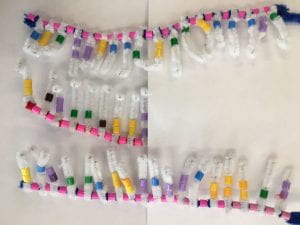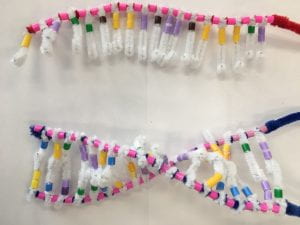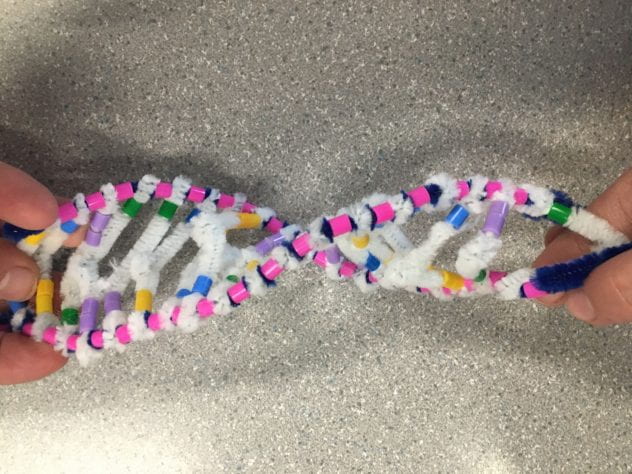
After our diffusion lab and letting each cube soak in our sodium hydroxide, then cutting them open, the smallest cube (1cm) was the most effective in terms of maximizing diffusion due to the entire cube (and even the inside) was fully pink.
The smallest cube had the greatest surface area to volume, therefore it being the most effective in maximizing diffusion. Having a greater surface area to volume ration basically allows a solution to fully surround the cube and enter more of the volume it holds as it enters through the larger surface area. Other important factors that can also affect how materials diffuse into cells or tissues are:
- the concentration
- the pressure
- the temperature
- the nature of material/thickness
- the ratio of the surface area to volume.
Although surface area is helpful to cells, cells do not grow to be very large because this would increase the volume size, resulting in a smaller surface area to volume ration. This means that it will be harder, and less effective, for maximizing diffusion in order to allow things like nutrients, resources, water, etc to pass through the cell membrane.
With three cubes, A, B, and C with surface to volume rations of 3:1, 5:2, and 4:1 respectively, the most effective at maximizing would be cube C due to it’s larger surface area, yet smaller volume. This essentially means that there is more surface area for materials to pass through, yet less “insides” that it will penetrate, making it easy for everything inside the cell to be effected by the material.
Our body adapts to surface area to volume to help exchange gases by having differently shaped cells. For example, having nerve cells be thin and long. Also, there will be folds in the membrane.
Certain cells, like bacteria, cannot become the size of a small fish because if the cell grows to be this size, the surface : volume ratios start to become smaller, and less efficient in the process of diffusion. The cell won’t function properly because it is not fully absorbing the materials trying to penetrate it. Also, the cell will divide in order to prevent this loss of functionality and wouldn’t be able to reach this size.
One of the advantages of large organisms being multicellular is that their diffusion rate is much higher, helping the larger number of functions that exist in large organisms. This higher rate of diffusion allows for better efficiency as an organism, including its systems within and its processes in general.


















